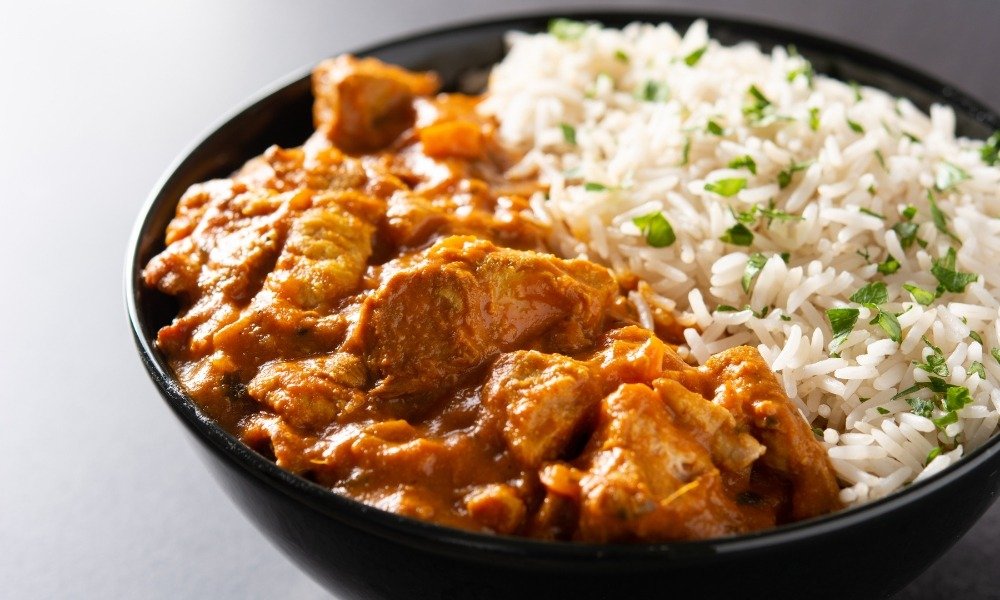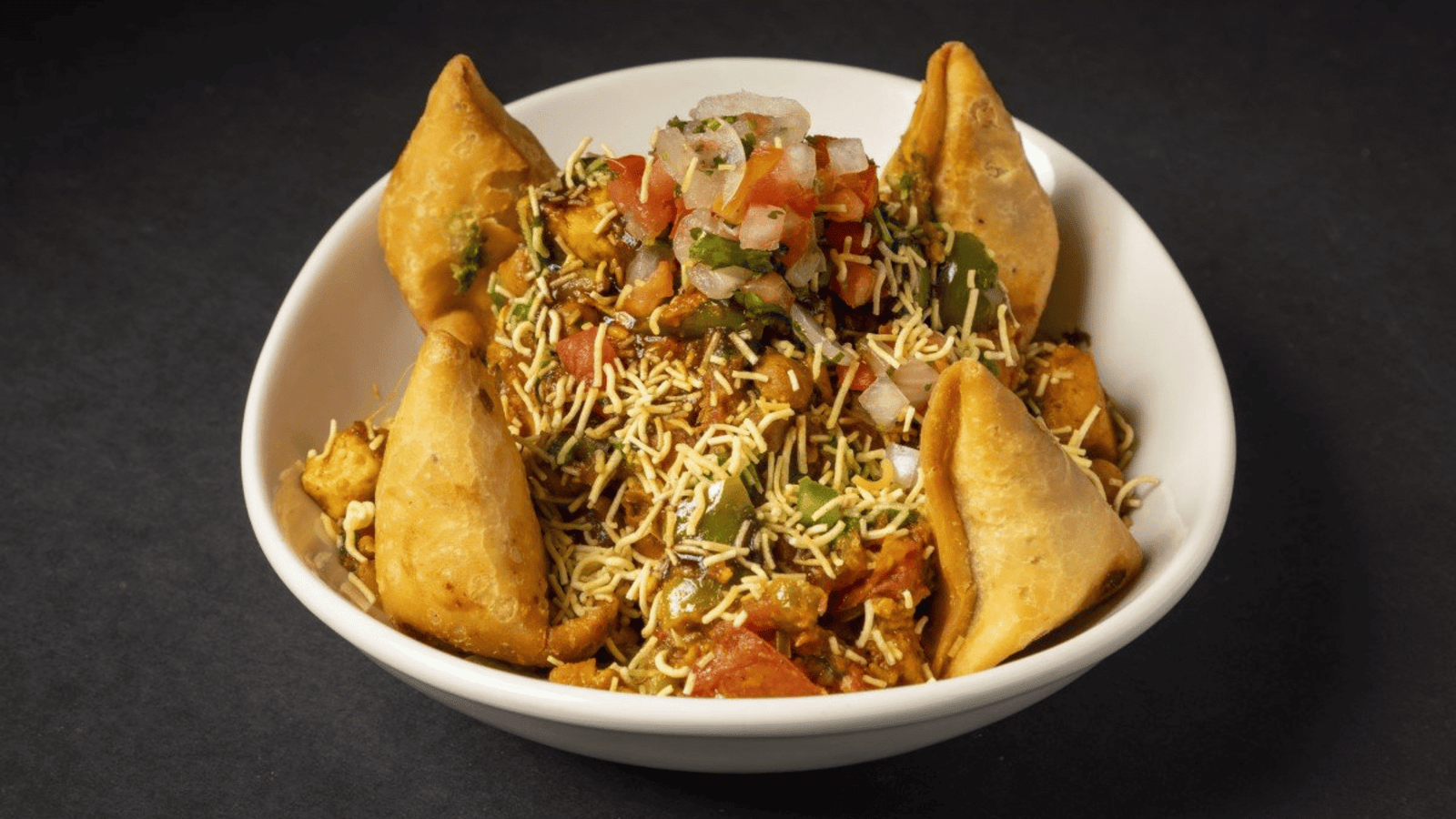In a world where sustainability is increasingly important, many people are exploring ways to reduce waste in every area of their lives. This trend extends to the kitchen, where food waste is a significant contributor to global waste. But what is zero-waste cooking, and how can you transform your kitchen to practice this sustainable approach? In this guide, we’ll explain the concept, discuss its benefits, and share practical tips for making your kitchen more eco-friendly.
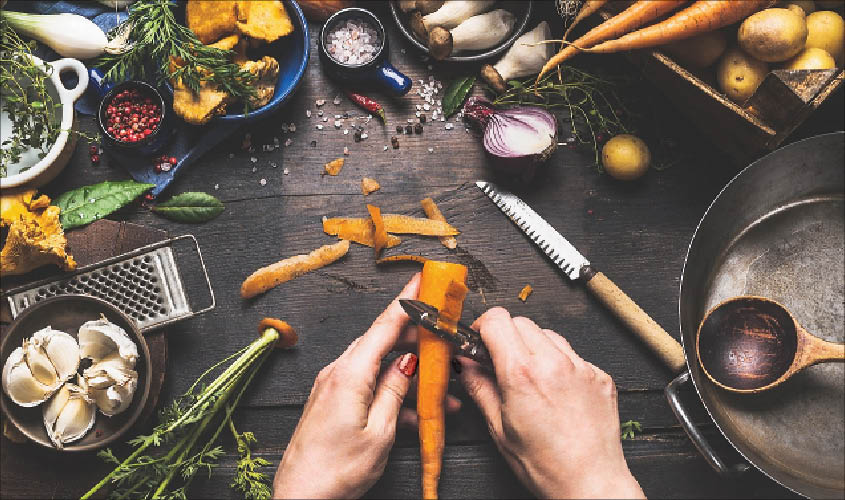
Understanding Zero-Waste Cooking
What is zero-waste cooking? Zero-waste cooking is a sustainable approach to preparing food that minimizes waste by utilizing ingredients fully, reducing single-use items, and encouraging the reuse of leftovers. The idea is to cut down on the amount of food, packaging, and other resources that end up in landfills. In essence, it’s a way of cooking and living that benefits both the environment and your wallet.
By practicing zero-waste cooking, you’re not only making a positive impact on the planet but also fostering creativity in the kitchen, as you learn to repurpose ingredients in inventive ways.

Why Zero-Waste Cooking Matters
- Reduces Food Waste: Food waste is a global problem, with approximately one-third of all food produced going to waste. Zero-waste cooking helps minimize this by encouraging the use of all parts of ingredients.
- Saves Money: By using every part of an ingredient and reducing the need to buy extras, you’ll find yourself spending less at the grocery store.
- Supports Sustainability: Every step toward reducing waste contributes to sustainability. The more we reduce waste in the kitchen, the less we contribute to landfills, ultimately lessening greenhouse gas emissions.
- Promotes Healthier Eating: Zero-waste cooking often focuses on fresh, whole ingredients, leading to healthier meals and less reliance on processed foods.
How to Start with Zero-Waste Cooking
Now that we’ve answered “what is zero-waste cooking,” let’s explore some simple ways you can integrate these practices into your daily routine.
1. Plan Meals with Purpose
Start by planning meals that use ingredients efficiently. For example, if you’re using carrots in one recipe, consider how you could incorporate carrot tops in another dish, such as in a pesto or a salad. By planning meals that overlap in ingredients, you can prevent food waste before it even begins.

2. Embrace ‘Root-to-Stem’ Cooking
Root-to-stem cooking encourages using every part of the vegetable, including parts that are often discarded. For instance:
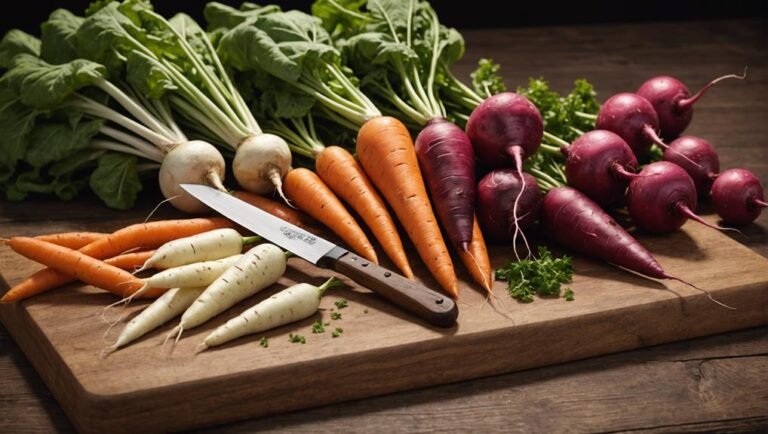
- Broccoli stalks can be sliced into salads or stir-fries.
- Carrot greens make a great addition to sauces or as a garnish.
- Cauliflower leaves can be roasted as a side dish.
These practices ensure you get the most from your produce while discovering new flavors and textures.
3. Store Food Properly to Extend Freshness
Proper storage can help reduce food spoilage. For instance:
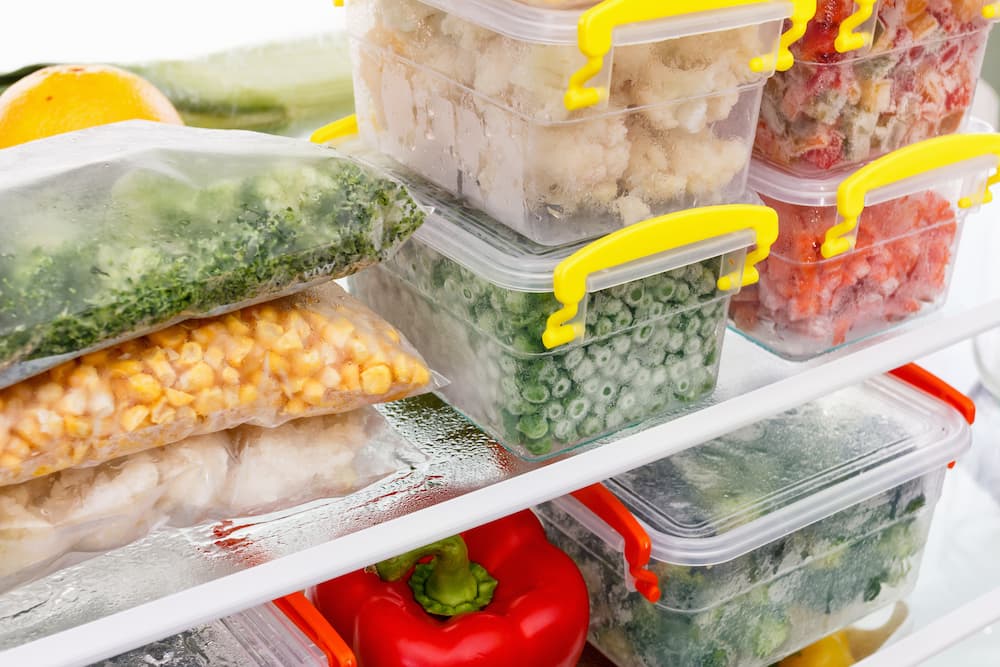
- Store herbs in a glass of water in the fridge.
- Use airtight containers for grains and beans to prevent pests.
- Freeze excess vegetables, fruits, or bread before they spoil.
Understanding how to store each type of ingredient helps keep your food fresh longer, reducing waste.
4. Repurpose Leftovers Creatively
Instead of tossing leftovers, find creative ways to use them. Leftover vegetables can be added to soups, stews, or omelets. Day-old bread can be transformed into croutons, bread pudding, or breadcrumbs. By finding new ways to enjoy leftovers, you’ll reduce waste and enjoy different meals with minimal extra effort.
5. Make Your Own Ingredients
Consider making your own ingredients to reduce packaging waste and save money:
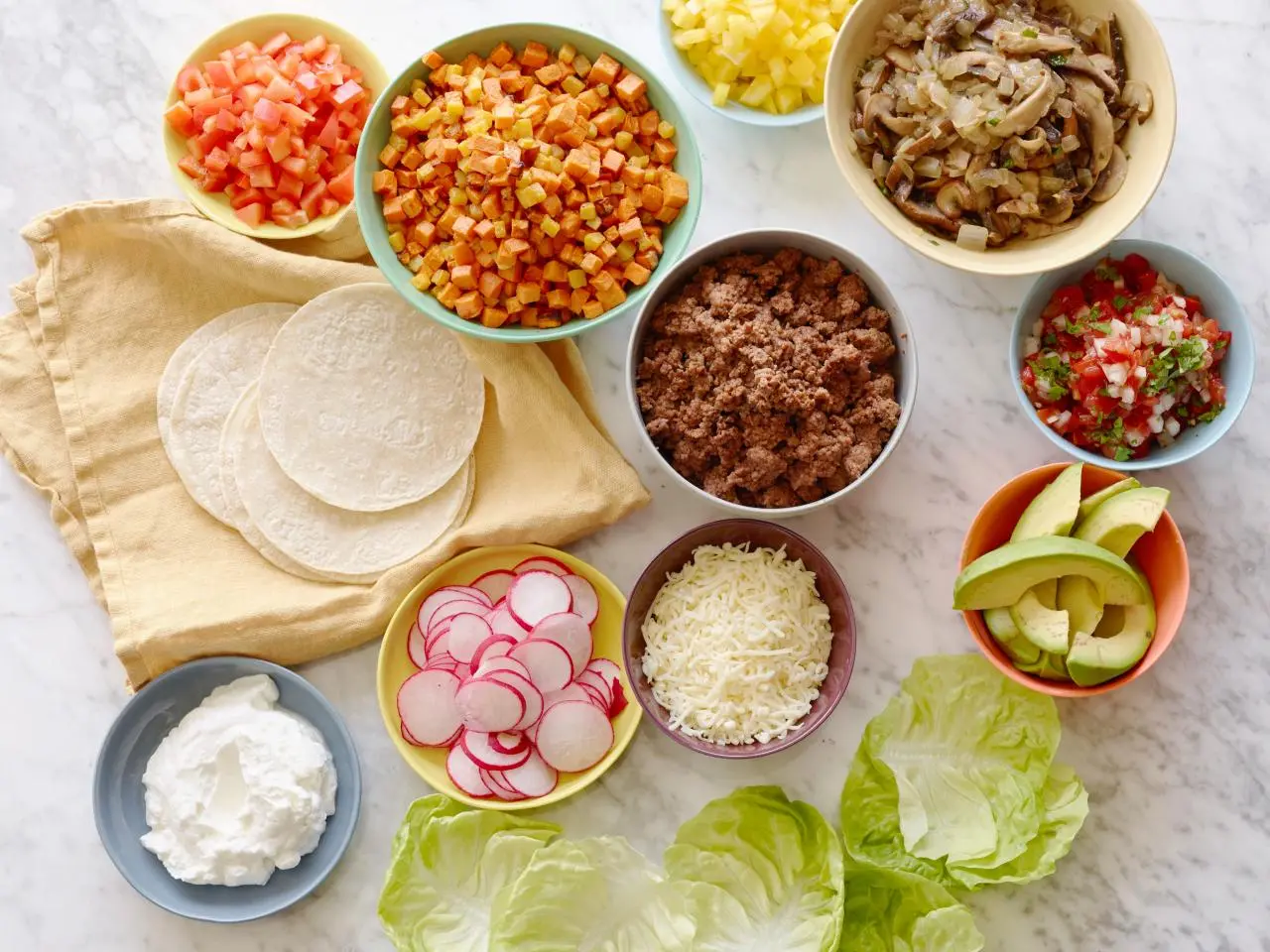
- Vegetable stock: Save vegetable scraps in the freezer and make a homemade vegetable stock when you have enough.
- Breadcrumbs: Use stale bread or crusts to make homemade breadcrumbs.
- Nut milk: If you enjoy almond or oat milk, make it at home to save on packaging.
Not only will you reduce waste, but these homemade ingredients often taste fresher and can be customized to your preference.
Sustainable Tools for Zero-Waste Cooking
Investing in reusable and sustainable kitchen tools can further support your zero-waste cooking journey:
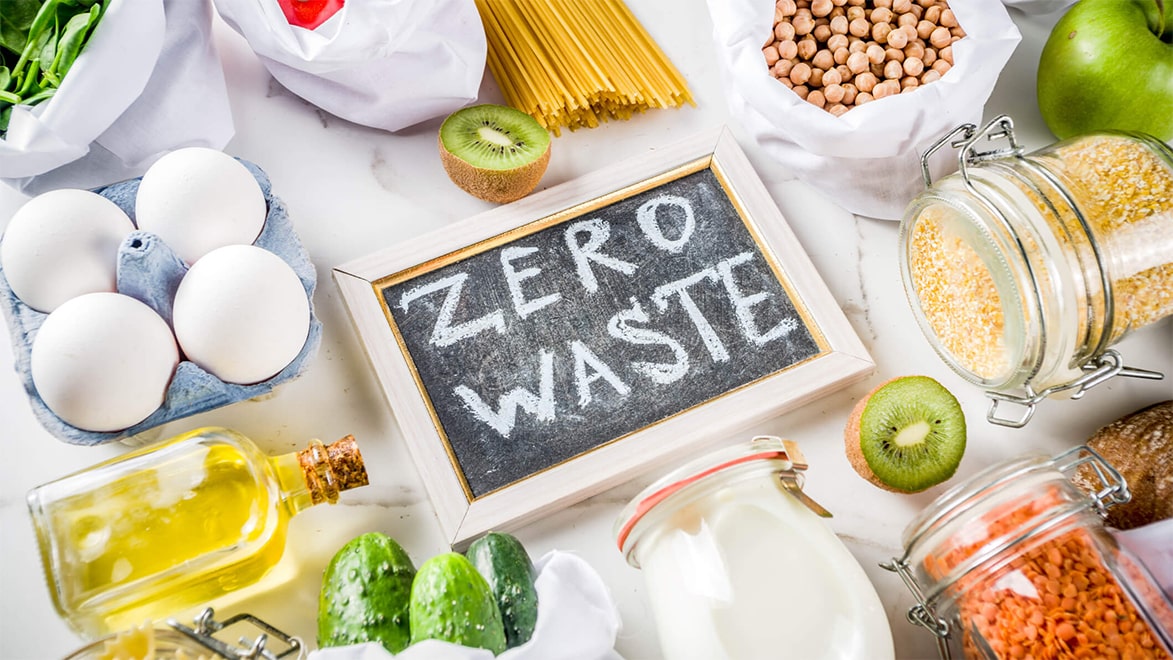
- Beeswax wraps or silicone covers are great alternatives to plastic wrap.
- Mason jars for storage and meal prep reduce the need for disposable containers.
- Reusable produce bags can be used for buying bulk items or fresh produce.
These tools help you avoid single-use plastic and keep your kitchen organized while supporting your zero-waste cooking goals.
Read More :
10 Delicious Vegan Breakfast Ideas to Kickstart Your Day with Plant-Based Goodness
Exploring Plant-Based Milk Alternatives: A Comprehensive Guide to Dairy-Free Options
Top Plant-Based Foods to Avoid: A Guide to Healthier Choices on a Plant-Based Diet
The Ultimate Homemade Oat Milk Recipe: Creamy, Delicious, and Easy!
Do Plant-Based Foods Contain Cholesterol? Everything You Need to Know
Tips to Maintain a Zero-Waste Mindset
Maintaining a zero-waste kitchen goes beyond cooking; it’s about adopting a mindset focused on minimizing waste in every step. Here are some tips to keep you inspired:
- Compost food scraps: Items that can’t be eaten, like banana peels and coffee grounds, can often be composted, reducing the amount of organic waste sent to landfills.
- Buy in bulk: Purchasing bulk items reduces the need for excessive packaging and often saves money.
- Use a shopping list: Avoid impulse buys that can lead to waste by planning your purchases.
The Impact of Zero-Waste Cooking
Zero-waste cooking is more than just a trend; it’s a lifestyle that brings a range of benefits. When you approach cooking with this mindset, you actively contribute to a healthier planet and a healthier kitchen. Plus, you may even find that the challenge of reducing waste brings new joy and creativity to your cooking routine.
Conclusion
Zero-waste cooking is a fantastic way to bring sustainability into your daily life while making your kitchen more efficient. Whether you’re new to this concept or looking to deepen your commitment, embracing these practices can transform your approach to food and help protect the planet. By understanding what zero-waste cooking is and putting sustainable practices into action, you can make a positive impact in your own kitchen and beyond.





